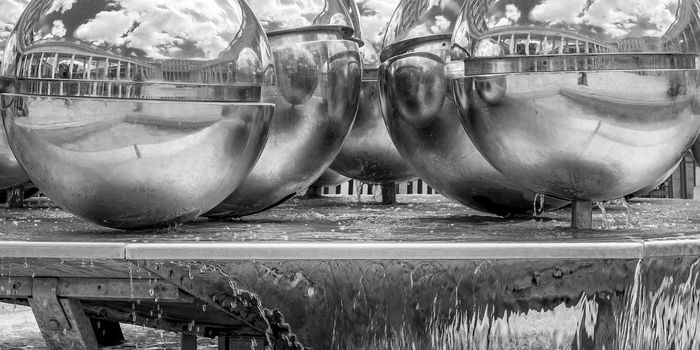Investigating a New Method in Heart Repair
Cardiovascular disease is a widespread issue that affects millions across the world. One of the most common of these diseases is myocardial infarction (aka a heart attack). Not only can it result in death, but it also leaves a lasting mark in the form of scarring of the heart.
The heart is often left with some residual damage after a heart attack. When blood flow is restricted to a part of the heart, the tissue can “starve” and eventually die. The heart will usually try and repair this area of dead tissue by remodeling the area. Unfortunately, what results is often a scar-like repair that can weaken the heart and cause issues for the patient down the line.
Researchers have been on the hunt for a way to treat this repair system. One method uses cells from another part of the body and implanting them into the damaged part of the heart. These cells were usually some stem cells, which mature into full-fledged cardiomyocytes (heart cells) upon implanting. While this method holds promise, studies have found the method of application and which particular-stem cell to use matters tremendously.
In a new study out of the University Hospital at Tuebingen Germany, a team decided to test a combination of induced pluripotent stem cells (iPSCs) and the hydrojet application method. IPSCs are stem cells that originate from fully mature cells in your body, which means doctors would be treating you with your own cells. The team thought to apply this type of stem cell with a hydrojet method described in another study to see if they could successfully implant damaged heart tissue with stem cells that differentiate into cardiomyocytes.
The study centered around comparing the standard needle method and the hydrojet method. The major difference between the two came out to be the spread of implanted cells in the target heart tissue. The hydrojet method managed to achieve a higher implant area than the needle method. This is important as multiple injections can eventually result in more tissue damage, so increasing the spread of implanted cells is critical. If we can eventually achieve full coverage of the damaged tissue with one application, it would ensure maximal treatment with little collateral damage.
This study showed that the hydrojet application of ISPC derived cardiomyocytes could increase the implant area compared to the needle-based injection method. The team notes that while needles can cause damage, other studies are developing strategies to increase implant coverage while limiting the number of injections needed. We will have to see which method comes out on top or if another will arise to beat them both.
The study concludes, “Compared to standard needle injections, the hydrojet-based application resulted in significantly less displacement of cells via coronary vessels. Thereby, potential risks due to occlusion of the vessels by aggregated cardiomyocytes and ischemia can be prevented”
Sources: Nature Scientific Reports, UW Medicine









